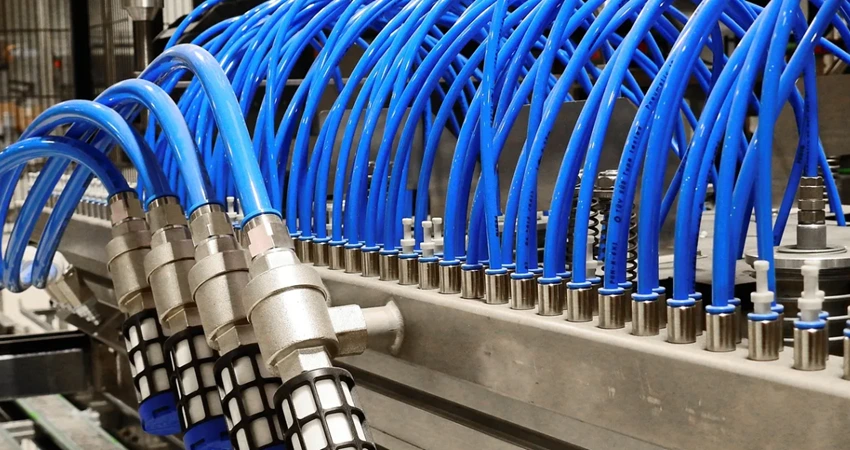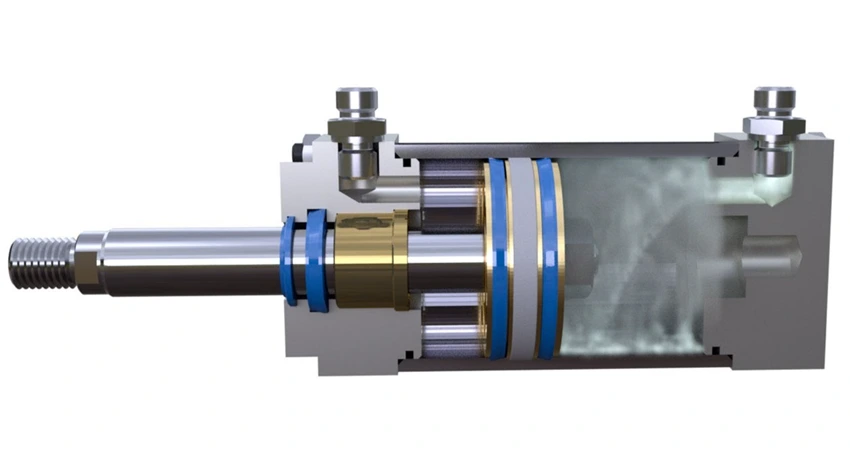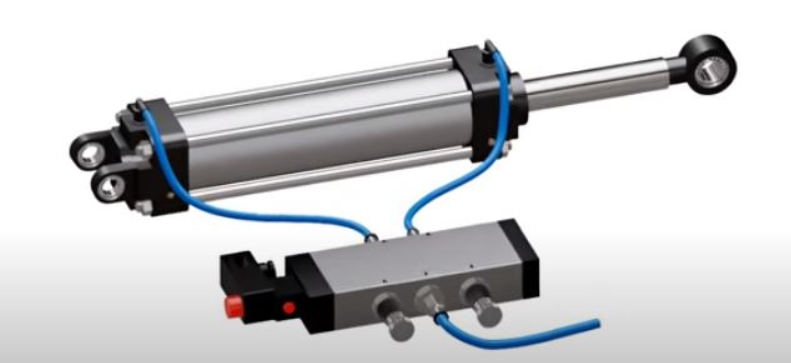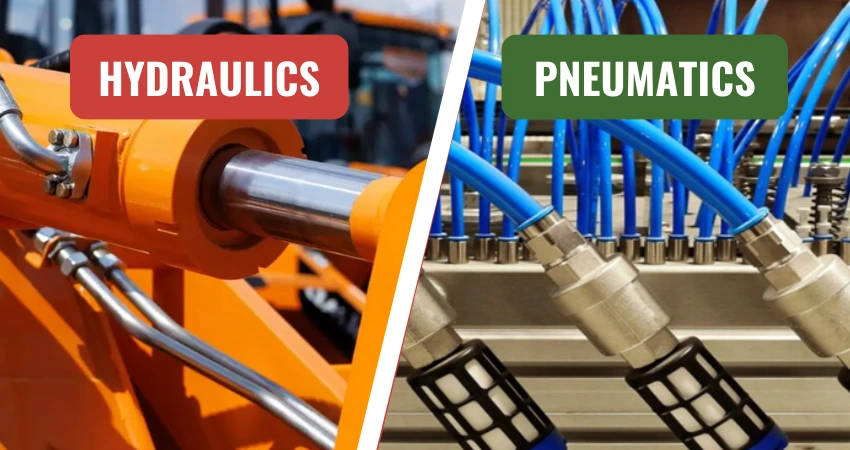A float technique is a small object lighter than water and thus capable of floating on the water surface. It is usually made of wood or other suitable material. Floats are used to measure the velocity of flow of water in rivers and channels. It is the simplest method in measuring velocity of flow at any section using single float. The time taken by the float to traverse for the known distance is measured to compute velocity.
Here, the mean velocity of flow is about 0.8 to 0.95 times the surface velocity. The approximate value of the-mean velocity of flow is determined from the known value of the surface velocity.
A better method to determine the velocity of flow of water is double float. It consists of a spherical surface float. Hollow metal sphere is fitted with float. This metal sphere is heavier than water and suspended from the float by a known length. The depth of the lower float is completely submerged. Then the velocity is calculated by the time taken of float to traverse a known distance. Now, the float measures a velocity equal to the mean between the velocity of the surface and the velocity of the layer traversed by the lower float.
A rod float technique is used to obtain high accuracy in velocity measurements. It consists of a vertical wooden rod kept vertically with its top end when floating. The length of the rod float should be in such a way that it reaches the bottom of the stream without touching the sand, weed or mud. Sometimes, the rod floats are made telescopic to adjust into depth of flow. The rod floats travel with a velocity equal to the mean velocity of flow.
| Read More Topics |
| Ultrasonic inspection techniques |
| Torque measurement using strain gauges |
| Metric system of measurement |
| Metric system of measurement |






